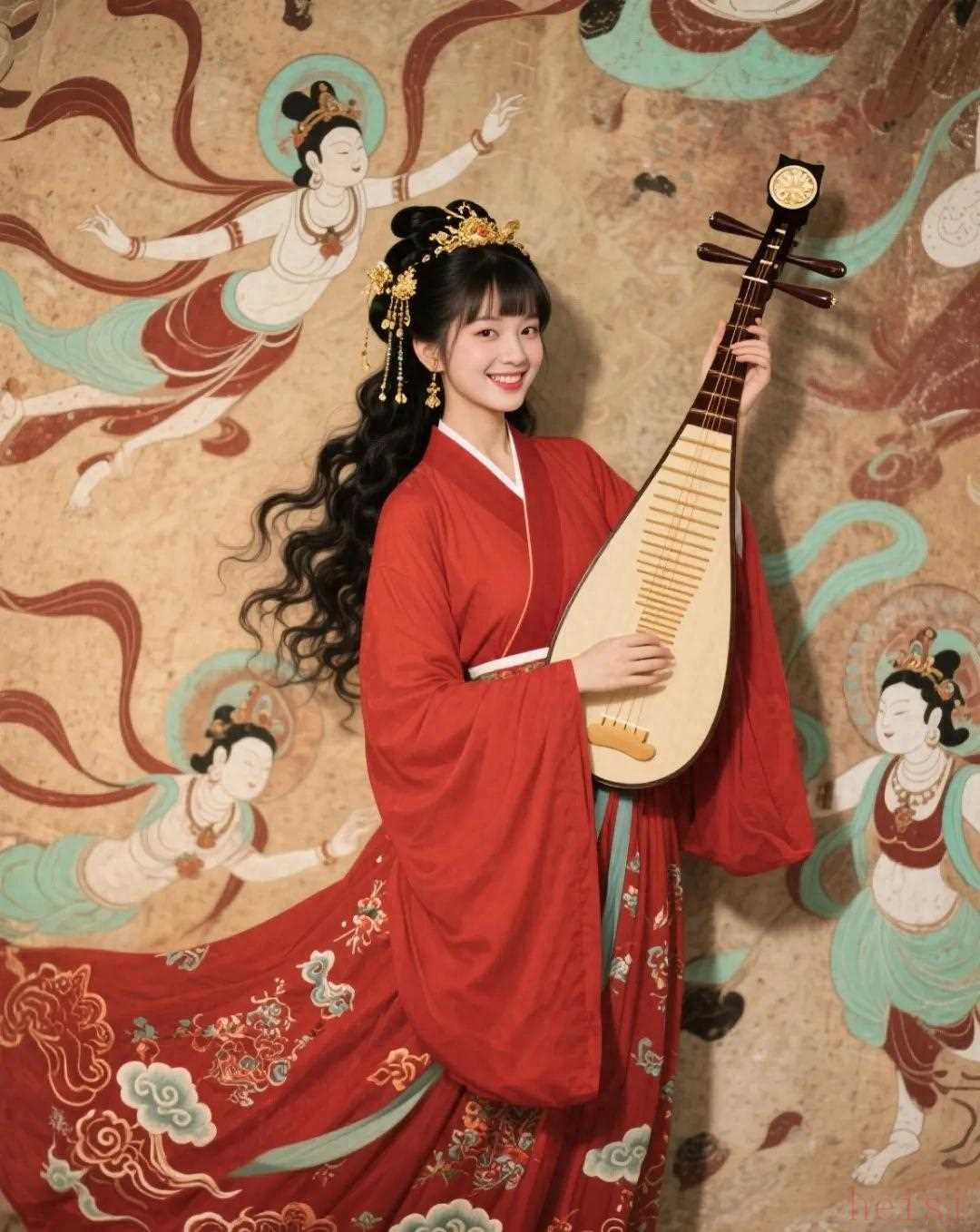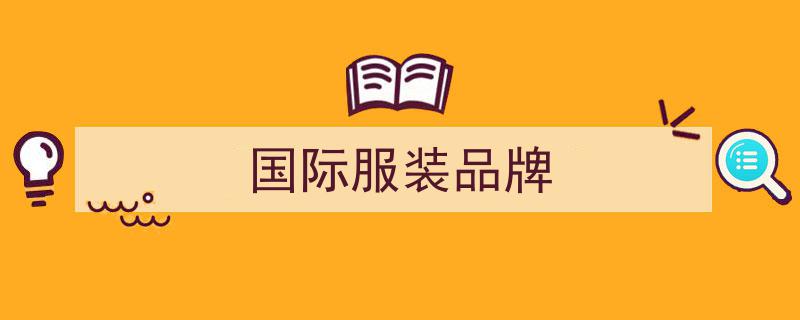Okay, let's learn about Hanfu in English!
---
"Hanfu: The Traditional Clothing of China"
"Introduction"
Hanfu (pronounced: "hahn-fu") literally translates to "Han clothing." It refers to the traditional clothing styles worn by the Han Chinese people for most of China's history, roughly from the Han Dynasty (206 BCE – 220 CE) onwards, although its roots go back even further. Hanfu is much more than just clothing; it's an important symbol of Chinese culture, history, and identity.
"What Does Hanfu Look Like?"
Hanfu is known for its elegant and flowing designs. Here are some key characteristics:
1. "Silk and Rich Fabrics:" Traditionally, Hanfu was made primarily from silk, as well as other fine materials like brocade and satin. These fabrics allowed the clothing to drape beautifully.
2. "Flowing Silhouettes:" Unlike the often more structured Western suits, Hanfu features loose, flowing robes and garments that emphasize grace and movement. Common styles include:
"Jinpi (襟裾):" A type of robe with wide sleeves and a distinct collar and hem, popular throughout different dynasties.
"Jiaoguanfu (交领宽袍):" A robe with a V-shaped collar (like a turtleneck but open at the front) and wide sleeves, often seen in the Tang Dynasty.
相关内容:

Hanfu: The Traditional Clothing of China
Hanfu refers to the traditional clothing worn by the Han Chinese people for thousands of years, with a history dating back over 3,000 years. It is not just a type of clothing but a symbol of Chinese culture, embodying the aesthetics, ethics, and craftsmanship of ancient China.The design of Hanfu focuses on elegance and harmony. It typically features loose sleeves, a crossed collar (known as "jiaoling youren" in Chinese, meaning the right collar overlaps the left), and a belt or sash to tie the garment. The most common styles include ruqun (a top with a long skirt, popular among women) and shenyi (a one-piece robe worn by both men and women).Hanfu comes in various colors and patterns, each carrying special meanings. For example, red symbolizes joy and good fortune, often worn at weddings; blue represents purity and peace; and patterns like dragons (for emperors) or phoenixes (for empresses) reflect social status in ancient times.In recent years, there has been a revival of Hanfu culture, especially among young people. They wear Hanfu at traditional festivals, cultural events, or even in daily life, aiming to preserve and pass on this precious cultural heritage.汉服:中国的传统服饰
汉服指的是汉族人民穿了数千年的传统服饰,其历史可追溯到 3000 多年前。它不仅是一种服装,更是中国文化的象征,体现了古代中国的美学、伦理和工艺。汉服的设计注重优雅与和谐。它通常有宽松的衣袖、交领(中文称 “交领右衽”,即右领压左领),并搭配腰带或腰带来系紧衣物。最常见的款式包括襦裙(上衣配长裙,女性常穿)和深衣(男女均可穿的连体袍服)。汉服有多种颜色和图案,每种都有特殊含义。例如,红色象征喜庆与吉祥,常用于婚礼;蓝色代表纯净与安宁;龙纹(皇帝专用)或凤纹(皇后专用)等图案在古代则体现了社会地位。近年来,汉服文化逐渐复兴,尤其受到年轻人的喜爱。他们会在传统节日、文化活动中甚至日常生活中穿汉服,旨在保护和传承这一珍贵的文化遗产。关键英文短语解释
- Hanfu
直接音译 “汉服”,特指中国汉族传统服饰,是国际上通用的表达。 - Crossed collar (jiaoling youren)
“交领”,汉服的典型特征,字面意为 “交叉的衣领”,括号内为拼音标注的中文术语,便于理解文化专属概念。 - Ruqun / Shenyi
直接音译 “襦裙”“深衣”,是汉服的经典款式,因文化独特性未做意译,需结合上下文理解。 - Cultural heritage
“文化遗产”,指历史上遗留下来的具有价值的文化成果,汉服被视为其中之一。 - Revival of Hanfu culture
“汉服文化复兴”,“revival” 意为 “复兴、复苏”,体现近年来汉服重新流行的趋势。 - Social status
“社会地位”,汉服的图案和颜色在古代常与穿着者的身份等级相关。

 微信扫一扫打赏
微信扫一扫打赏
 支付宝扫一扫打赏
支付宝扫一扫打赏


